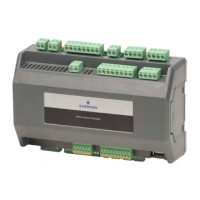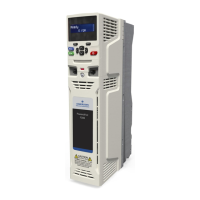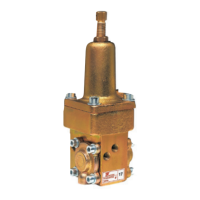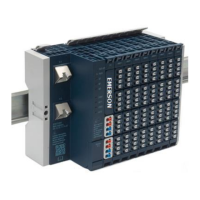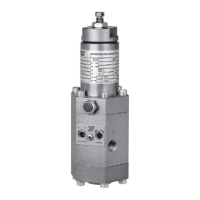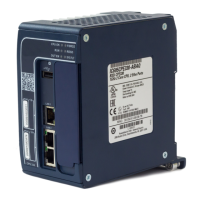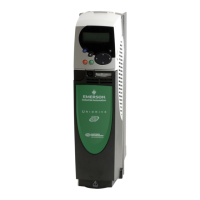PACSystems™ RX3i and RSTi-EP CPU Reference Manual Section 2
GFK-2222AK October 2019
CPU Features & Specifications 37
The PACSystems RSTi-EP EPSCPE100/CPE115 are enhanced performance standalone
programmable controllers equipped with 1MB of user memory and four Ethernet ports to
run real time deterministic control applications. LAN1 is dedicated to high speed Ethernet
and LAN2 is comprised of three switched ports configurable as either a second embedded
Ethernet controller or an embedded PROFINET controller, which provides the PROFINET
functionality and supports only simplex mode of operation. It is a standalone PLC that
supports distributed I/O.
The CPE100/CPE115 are programmed and configured over Ethernet via Emerson’s PAC
Machine Edition (PME) software. Each is a standalone CPU with the following features:
• A built-in PACSystems RSTi-EP PLC CPU
o User may program in Ladder Diagram, Structured Text, Function Block Diagram.
o Contains 1 Mb of configurable data and program memory. This entire memory will be preserved
between power cycles.
o Supports auto-located Symbolic Variables that can use any amount of user memory.
o Reference table sizes include 2k bits for discrete %I and %Q and up to 2k words each for analog %AI
and %AQ. Bulk memory (%W) also supported for data exchanges.
o Supports up to 512 program blocks. Maximum block size is 128KB.
• Supports two independent 10/100 Ethernet LANs. LAN1 has only one port and is dedicated to high speed
Ethernet; whereas, LAN2 is comprised of three switched ports (labelled as 2, 3 & 4) which are configurable
as either a second embedded Ethernet controller or an embedded PROFINET controller. All four ports are
located on the front panel.
• The embedded communications interface has dedicated processing capability, which permits the CPU to
independently support LAN1 and LAN2 with:
o up to 16 combined SRTP Server and Modbus TCP Server connections out of which:
a) Modbus TCP cannot exceed more than 8 simultaneous connections.
b) SRTP server cannot exceed more than 16 simultaneous connections.
o Up to 8 Clients are permitted. Each may be SRTP or Modbus TCP or a Combination of both.
o Up to 8 simultaneous Class 1 Ethernet Global Data (EGD) exchanges.
• Ability to display serial number and date code in PME Device Information Details.
• Media Redundancy Protocol (MRP) allows the CPE100/CPE115 to participate in a PROFINET I/O network
with MRP ring technology. This eliminates the I/O network as a single point of failure. The CPE100/CPE115
may be used as either a Media Redundancy Manager or Media Redundancy Client.
• OPC UA Server supports up to two concurrent sessions with up to 4 concurrent variable subscriptions and
up to 1000 variables.
• Modbus RTU Slave support on two serial ports i.e. RS-232 and RS-485 with both 2-wire and 4-wire
interface. These ports are located on the underside of the controller and do not provide any type of
isolation.
• Operating temperature range -40 C to 70 C (-40 F to 158 F).
• Supports 32-bit C blocks compiled with the C Toolkit Version 8.10 or later. All pre-existing C blocks must
be recompiled before downloading.
• The PLC may use one, two or three of the Ethernet ports of LAN2 to support the embedded Simplex
PROFINET I/O Controller. PROFINET supports up to 8 I/O devices with update rates of 16 – 512 ms. It is not
recommended to use update rates below 16 ms.
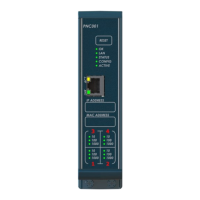
